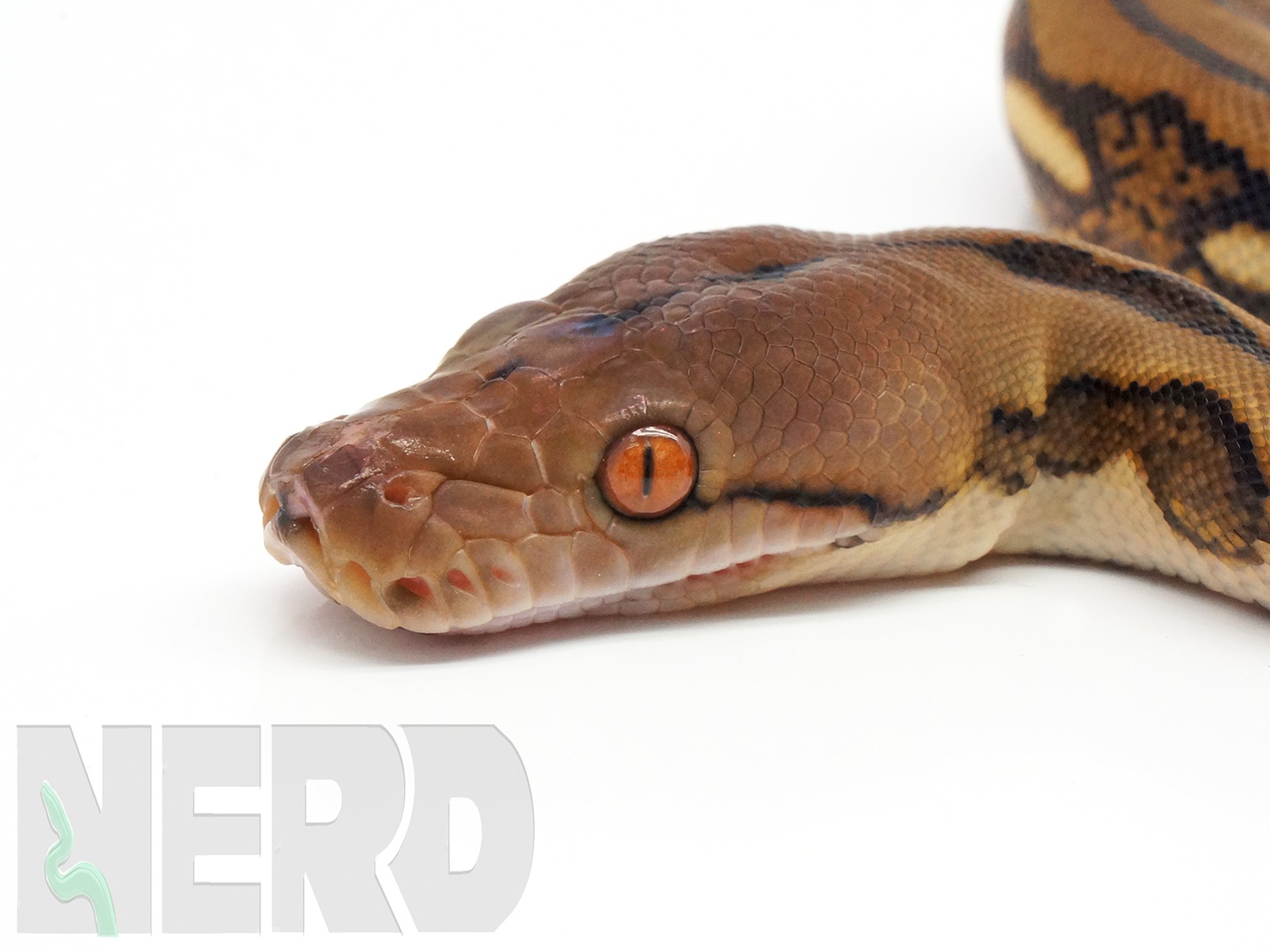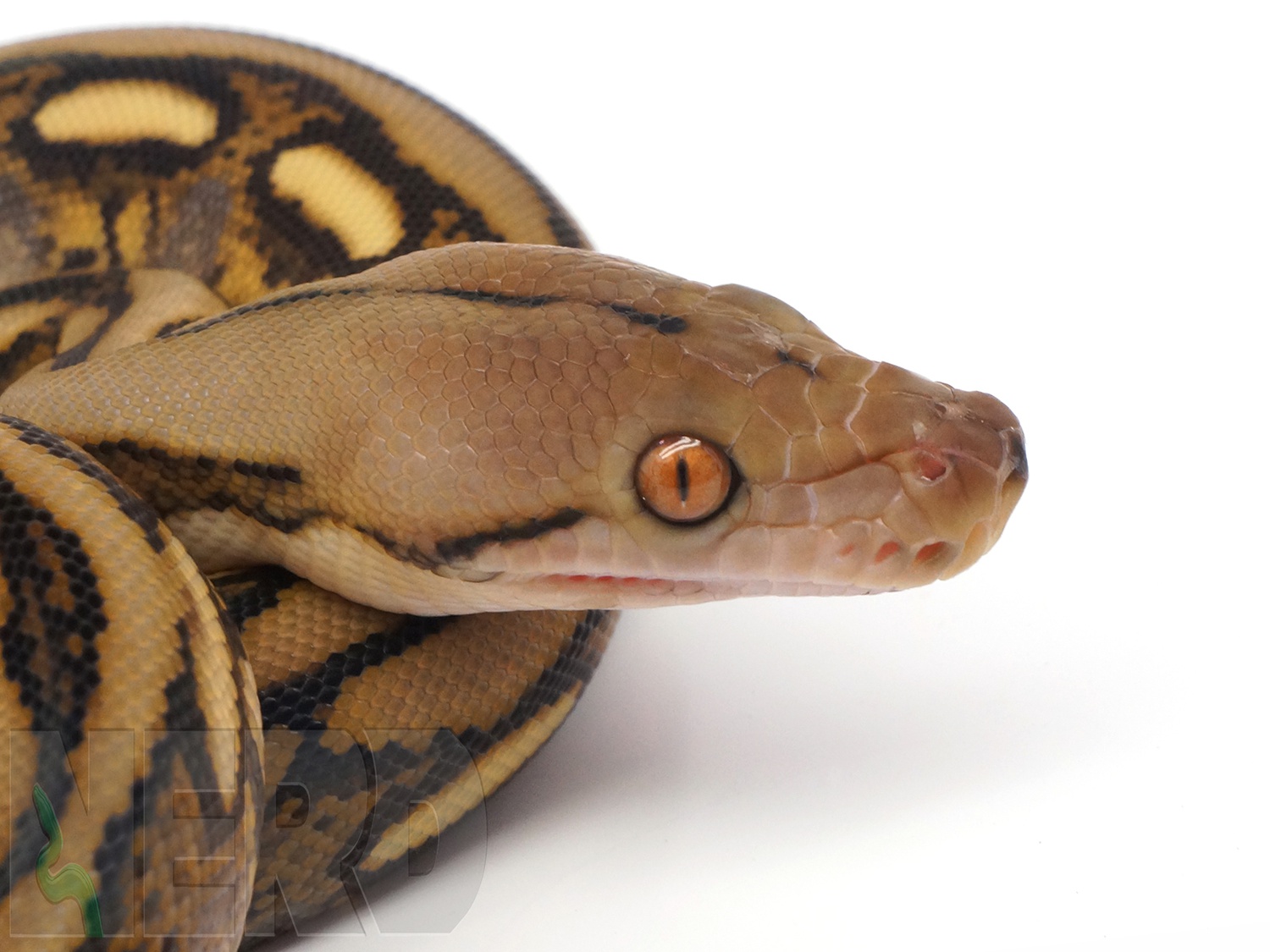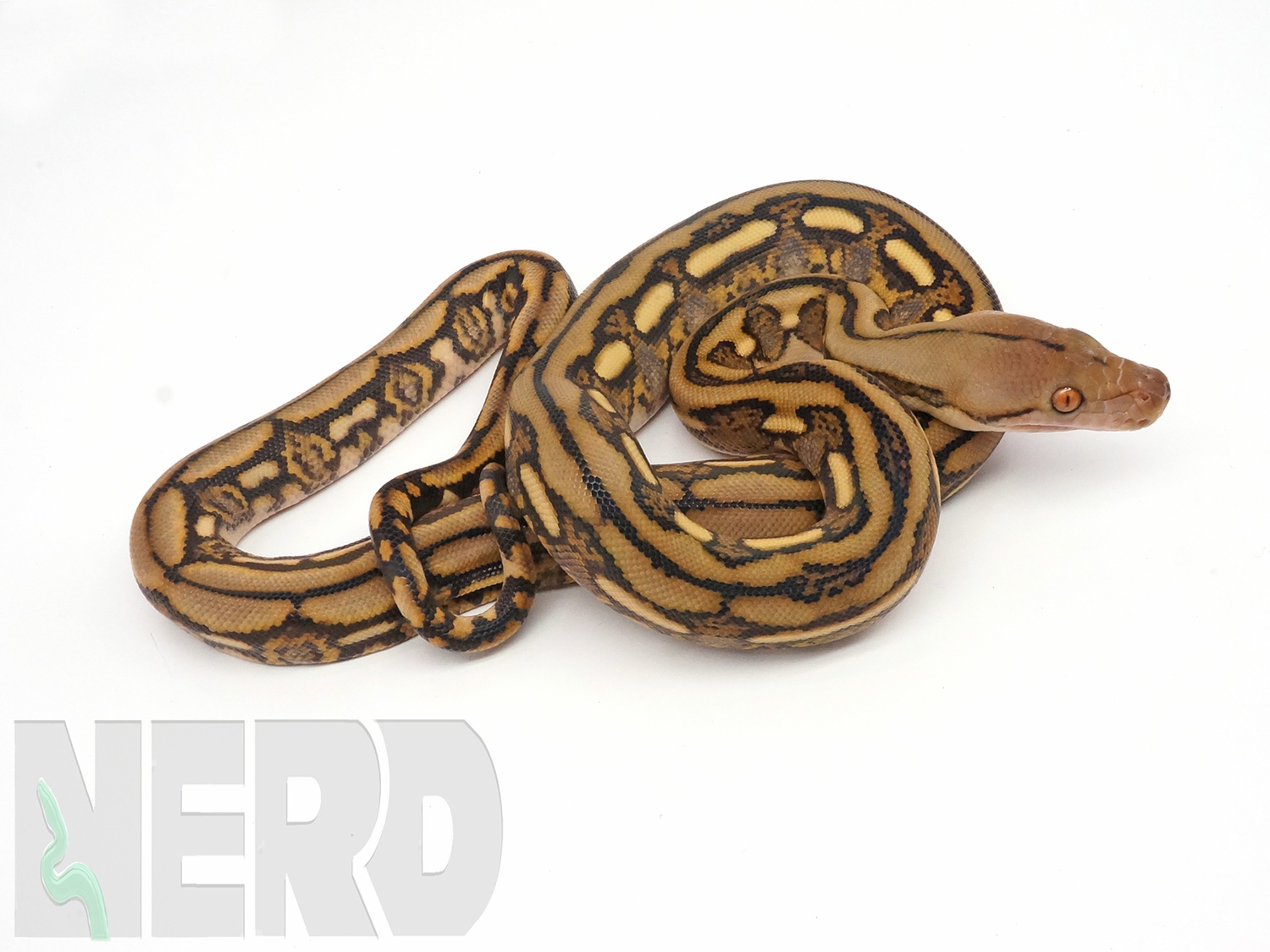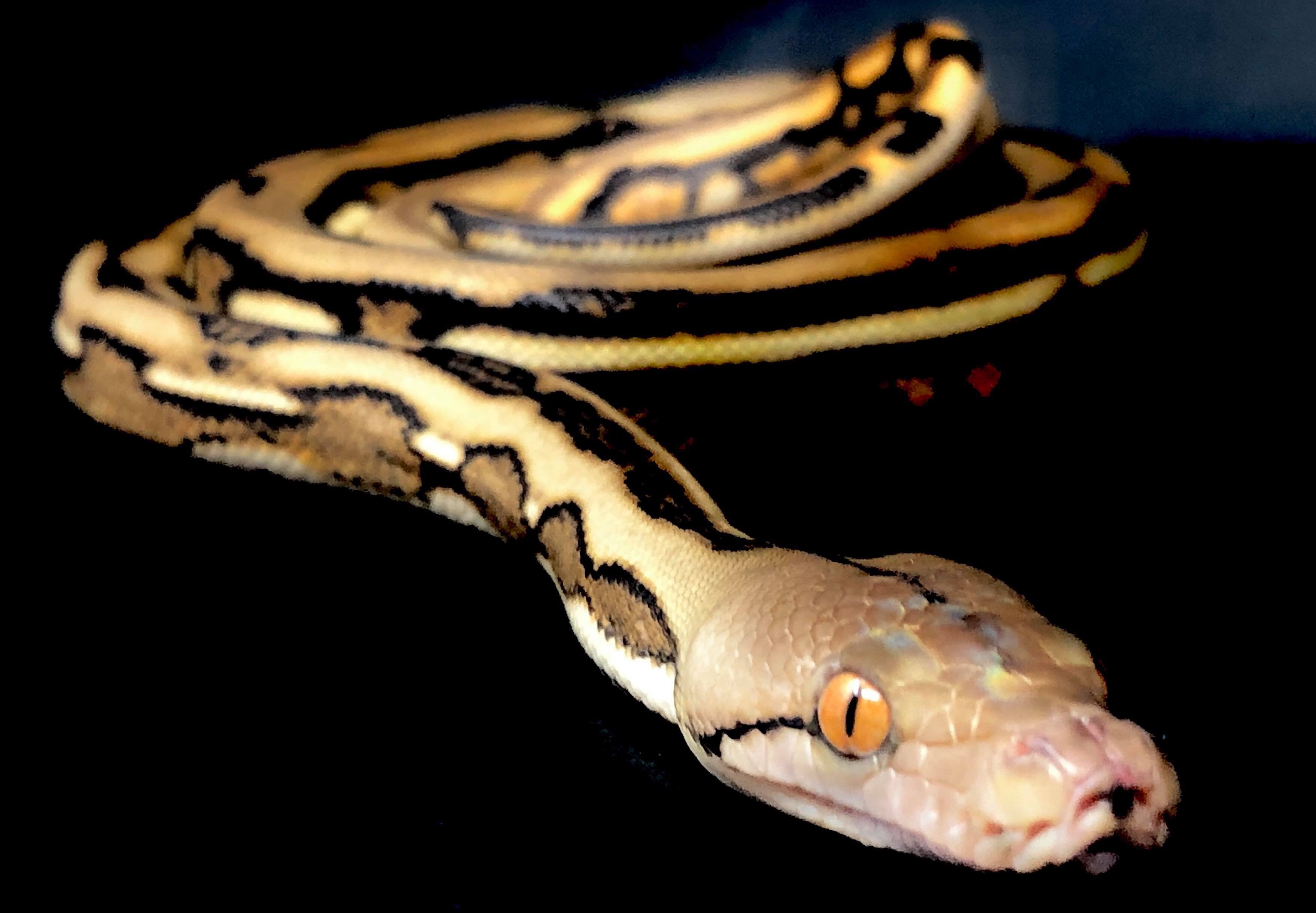Tiger
Type: Incomplete Dominant
First Produced By: Karl Hermann
Issues: N/A
Availability: Common
Last Updated: 2024-01-02
Do you have any suggestions or corrections for this article?
Click here to contribute feedback
About
The Tiger mutation is an incomplete dominant trait founded by Karl Hermann in 1993.
History
Karl Hermann of St. Paul, Minnesota, purchased a strange-looking reticulated python (Python reticulatus) during the fall of 1991 from a private collector in this country. The snake, a wild caught male of unknown origin, had a pattern that appeared to be duplicated laterally along the dorsal midline. The dark median line through the top of the head was absent from the eyes forward, and the white areas on the sides were enlarged and lengthened. This snake bred and produced babies in the summer of 1993, and roughly half the babies had the pattern of the father. Karl has named this form the “tiger” retic.
It was not apparent at first what had happened. No one had expected to see the trait appear in the first generation. If the trait was genetic and recessive, as are all other known mutations in snakes, the first generation offspring should be heterozygous and look normal. The trait should appear in the next generation when these animals are bred. If it never appears, it could be determined that the condition has another cause. In this case, the mutation was determined to be dominant. With a dominant trait, the condition is expressed in the heterozygous animals. Because the father was himself heterozygous, he could pass the trait on to only half of his offspring. The normal looking siblings were, in fact, normal (not gene carriers). If they had carried the gene, they would have shown the trait. As more of these snakes have been bred, the trait has proven to be fairly variable. In some cases, the pattern is reduced, sometimes to the extent of having no pattern along the dorsal midline, or sometimes just a narrow black stripe. In other cases, the snakes have a series of small paired blotches along a medial stripe. All snakes lack the head stripe, and all seem to have docile temperaments, in contrast to many reticulated pythons.
Appearance
Head
The head of the Tiger Reticulated Python usually displays a reduced line down the head, tending to stop just past the eyes. The eyes can differ from the orange to silver.
Body
The body of the Tiger reticulated python has prominent white dots down the sides. Much of the usual patterning of a Normal reticulated python is disrupted by a webbed appearance. Colouration can range from light browns to a extreme yellows.
Tail
The tail of the Tiger reticulated python follows the same patterning as the rest of the body.
Proven Lines
No known proven lines
Related Traits
No known related traits
Combos
- Clown (Super Tiger Anthrax)
- Lavender Tiger (Tiger 100% Het Albino (Purple Phase) 100% Het Albino (White Phase))
- Sun Tiger (Sunfire Tiger)



















